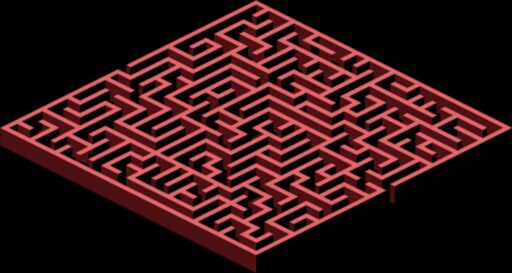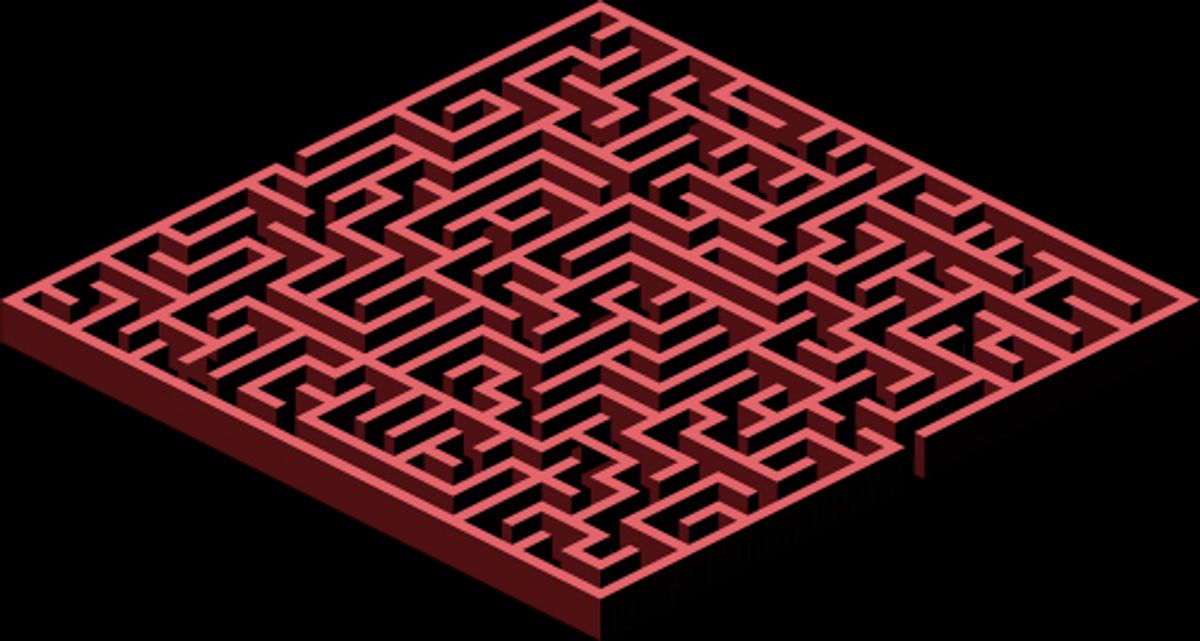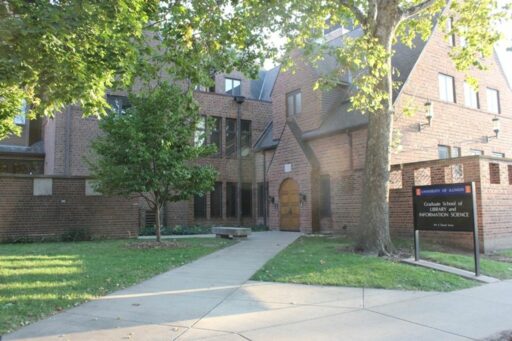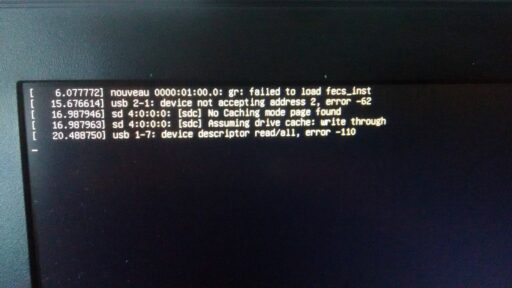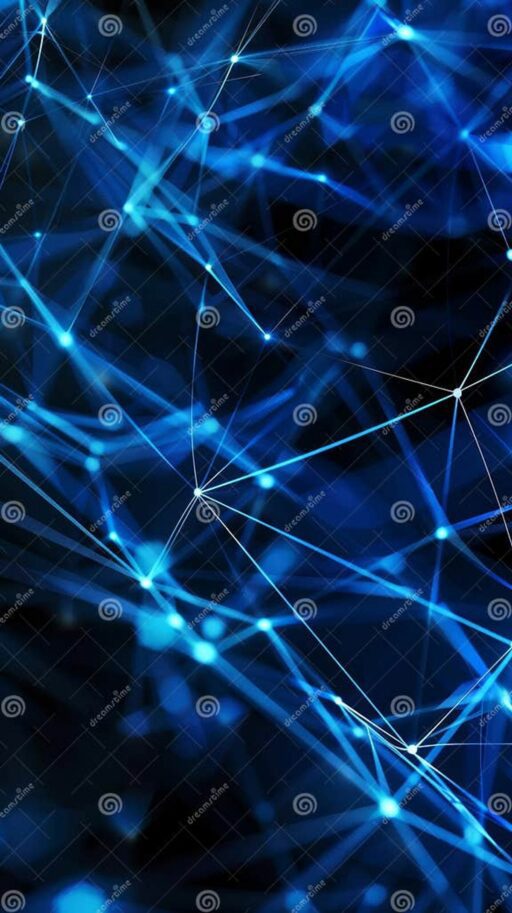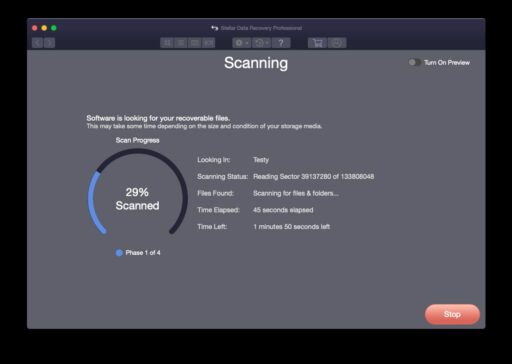Table of Contents
Pure Data, an open-source visual programming language for multimedia, offers digital artists an expansive canvas to create sonic and visual masterpieces. This article delves into the labyrinthine world of Pure Data, guiding artists through its fundamental concepts to its most advanced techniques. We’ll explore how Pure Data can be woven into the fabric of digital artistry, transforming creative processes and audience engagement.
Key Takeaways
- Pure Data’s node-based interface allows for an intuitive visual approach to programming, making it accessible for artists with varying levels of technical expertise.
- The platform enables the creation of complex soundscapes and visual animations, offering endless possibilities for artistic expression and innovation.
- Pure Data seamlessly integrates with other software, enhancing collaborative efforts and expanding the horizons of digital art projects.
- Advanced users can extend Pure Data’s functionality through data structures, abstractions, and external libraries, pushing the boundaries of their creative visions.
- A supportive community and a wealth of learning resources are available to help artists overcome challenges and stay abreast of Pure Data’s evolutionary trajectory.
The Essence of Pure Data

Understanding the Basics of Pure Data
At its core, Pure Data (PD) is a visual programming language designed for creating and manipulating multimedia. It allows artists to generate sound, image, and interaction by connecting a series of objects with virtual ‘patch cords’. The beauty of PD lies in its flexibility and the ease with which users can experiment with real-time audio and visual processing.
To get started with Pure Data, one must familiarize themselves with the basic elements:
- Objects: The building blocks of any PD patch.
- Messages: Used to send instructions to objects.
- Bangs: Trigger events or actions within a patch.
- Number boxes: Display and store numerical values.
- Comment boxes: Allow users to annotate their patches.
Embracing the visual nature of Pure Data can lead to a deeper understanding of signal flow and data manipulation, which are crucial for creating complex multimedia works.
Creating Pink Noise in Pure Data can be a gateway to exploring the software’s potential. Pink noise is a type of sound signal that has equal energy per octave, making it useful for a variety of artistic and technical applications. By learning to create and manipulate pink noise, artists can gain insight into the broader capabilities of Pure Data.
Exploring the Interface and Object Boxes
Diving into Pure Data begins with familiarizing oneself with its unique interface. At first glance, the array of object boxes and myriad of options can seem daunting. However, these are the building blocks of any Pure Data creation. Each object box serves a specific function, from generating simple sounds to complex algorithmic compositions.
To navigate this digital canvas effectively, one must understand the role of each element:
- Object boxes are the primary components that perform operations.
- Message boxes send specific instructions to objects.
- Number boxes display and store numerical values.
- Comment boxes allow for annotations within the patch.
Embracing the modular nature of Pure Data’s interface is key to unlocking its full potential. By connecting these boxes, artists can sculpt data into audiovisual experiences.
As you become more comfortable with the interface, you’ll discover that the flow of your project can be controlled with the simple yet powerful concept of patch cords. These virtual cables link objects together, forming a network that defines the behavior of your digital contraption. The objects form a "contraption" which, when placed strategically, creates a chain of events leading to your desired outcome.
Connecting Nodes: The Heart of Visual Programming
In the realm of Pure Data, connecting nodes is akin to weaving a digital tapestry, where each thread represents a potential pathway for data to flow and interact. This process is not just about linking one node to another; it’s about understanding how the data types and execution flows come together to create a coherent structure.
- Nodes represent pure data transformations, each serving a unique function within the patch.
- Color coding data types can greatly enhance readability and debugging efficiency.
- Execution flow lines are crucial as they dictate the order in which the nodes process data.
By meticulously connecting nodes, artists and programmers can orchestrate complex interactions that give rise to innovative sonic and visual experiences.
The beauty of this system lies in its flexibility. You can connect two nodes in parallel to explore divergent processes, or sequence them to craft intricate cascades of operations. The visual programming language of Pure Data empowers users to experiment with connections in a way that is both intuitive and profound.
Creative Possibilities with Pure Data

Generating Sound: From Simple Tones to Complex Textures
In the realm of Pure Data, the journey from crafting simple tones to weaving intricate sonic textures is a testament to the platform’s versatility. The ability to sculpt sound with granular precision is what makes Pure Data a powerful tool for digital artists.
- Start with basic oscillators to create pure tones.
- Layer multiple sound sources for richer textures.
- Manipulate frequency, amplitude, and timbre for dynamic variations.
- Explore noise generation for ambient and unpredictable elements.
The beauty of Pure Data lies in its open canvas for auditory exploration, where even the most complex soundscapes are built from the ground up, one connection at a time.
As artists delve deeper into the sonic labyrinth, they encounter the challenge of maintaining musicality amidst the vast possibilities. The risk of creating sound so harmonically subtle it verges on indistinguishable noise is ever-present. Yet, it is this very risk that fuels the pursuit of innovation, pushing boundaries to discover new auditory experiences.
Visual Art and Animation: Painting with Data
Pure Data transcends the auditory realm, offering a canvas for digital artists to create visual masterpieces. By manipulating data streams, artists paint with a palette of algorithms and expressions, transforming cold numbers into warm, engaging visuals. This process is akin to traditional painting, yet it is deeply rooted in the digital age, where the brushstrokes are lines of code and the colors are generated by mathematical functions.
- Artists can create dynamic visuals that respond to sound, user input, or real-time data.
- The interactivity of Pure Data allows for the creation of art that evolves, offering a unique experience with each viewing.
- With the ability to integrate with physical computing platforms, Pure Data enables the bridging of the virtual and the physical worlds.
In the realm of Pure Data, the screen becomes a living canvas, where the static image is replaced by motion and fluidity. The digital artist, through the mastery of data, invites the audience to a visual symphony that is both complex and harmonious.
The beauty of Pure Data lies in its ability to make the complex simple and the invisible visible. It is a tool that not only captures the imagination but also expands the boundaries of what is possible in visual art and animation.
Interactive Installations: Engaging the Audience
Interactive installations have become a cornerstone of digital art, transforming passive viewers into active participants. These installations create a space where the audience becomes a part of the artwork itself, often leading to a more profound and personal experience. By incorporating elements such as motion sensors, sound triggers, and touch-responsive interfaces, artists can craft environments that respond to and evolve with the presence and actions of the audience.
- Motion sensors detect movement, altering visuals or sounds.
- Sound triggers can initiate changes in the installation based on noise levels or specific audio cues.
- Touch-responsive interfaces allow for tactile interaction, adding a layer of physical engagement.
The beauty of interactive installations lies in their ability to immerse the audience in a multisensory experience. They are not just observing but are an integral part of the narrative unfolding within the space.
Artists are pushing the boundaries of engagement, moving beyond traditional forms of interaction. For instance, some installations use augmented reality to overlay digital information onto the physical world, while others may employ social media integration to allow for remote participation. The goal is to create a dynamic and inclusive environment that can be both personal and communal, depending on the level of interaction each visitor chooses to engage in.
Pure Data in the Artistic Workflow

Integrating Pure Data with Other Software
Integrating Pure Data into your digital art workflow can significantly expand your creative toolkit. Pure Data’s compatibility with various software platforms allows artists to combine the power of visual programming with other applications. This integration can be achieved through several methods, including MIDI communication, OSC (Open Sound Control), and various libraries that facilitate data exchange.
For instance, Pure Data can send and receive MIDI messages to and from digital audio workstations (DAWs), enabling the synchronization of audio and visual elements. Similarly, OSC provides a more flexible way to communicate with software that supports it, allowing for real-time control of parameters.
- MIDI Communication: Synchronize with DAWs
- OSC: Real-time control and communication
- Libraries: Extend functionality and compatibility
By leveraging these integration points, artists can create more dynamic and responsive works, where Pure Data acts as a bridge between different software ecosystems.
It’s important to note that while integration offers vast possibilities, it also requires a solid understanding of both Pure Data and the software it’s being connected to. The process can involve a learning curve, but the results are often well worth the effort.
Collaborative Projects: Sharing and Modifying Patches
In the realm of digital art, collaboration is a cornerstone that enriches the creative process. Pure Data, with its visual programming environment, offers a unique platform for artists to share and modify each other’s work. Patches, the building blocks of Pure Data projects, can be easily exchanged, allowing for a dynamic interplay of ideas and techniques.
- Sharing patches promotes a culture of openness and learning.
- Modifying existing patches can lead to unexpected and innovative outcomes.
- Collaborative projects often result in a blend of diverse artistic visions.
The synergy of collective input not only accelerates the development of projects but also fosters a sense of community among artists.
The process of collaboration in Pure Data is not without its challenges. Artists must navigate the intricacies of combining different patches and ensure compatibility. However, the rewards of such partnerships are manifold, leading to works that are greater than the sum of their parts.
Live Performances: Pure Data on Stage
Pure Data’s versatility shines in live performances, where artists can manipulate sound and visuals in real-time, creating a dynamic and immersive experience for the audience. The immediacy of Pure Data allows for spontaneous artistic expression that resonates with the energy of a live event.
The use of Pure Data on stage transforms the performance space into an interactive digital canvas, where every element can be controlled and altered by the artist, offering a unique spectacle every time.
Live performances utilizing Pure Data often involve complex setups. Here’s a simplified breakdown of a typical stage setup:
- Audio Interface: Converts analog signals into digital data for Pure Data to process.
- MIDI Controllers: Allow performers to interact with the software in real-time.
- Projectors/Screens: Display visual elements generated or manipulated by Pure Data.
- Sensors and Cameras: Capture movement or environmental inputs to influence the performance.
The challenge for artists is to ensure that the technology enhances the performance without overshadowing the human element. This balance is crucial for maintaining the authenticity and emotional impact of the live experience.
Advanced Techniques in Pure Data

Delving into Data Structures and Abstractions
Pure Data’s environment allows for the creation of complex data structures that can be manipulated to produce intricate patterns and behaviors in digital art. Data structures in Pure Data are essential for artists who wish to go beyond simple sound generation and engage with more sophisticated forms of expression. These structures can hold various types of data, from numerical values to more abstract entities, enabling a rich tapestry of possibilities.
- Define custom graphical elements
- Store and manipulate arrays of data
- Create interactive visualizations
- Implement algorithmic compositions
By mastering data structures, artists unlock the potential to craft dynamic and responsive artworks that can evolve in real-time, responding to inputs or environmental factors.
Abstractions in Pure Data are user-defined patches that can be reused across different projects. They act as custom functions or modules, streamlining the creative process and promoting code reusability. This approach not only saves time but also encourages experimentation, as artists can quickly modify and repurpose existing abstractions to explore new artistic directions.
Utilizing External Libraries for Expanded Functionality
Pure Data’s core functionality can be significantly enhanced by incorporating external libraries. These libraries, often developed by the community, provide a wealth of additional objects and capabilities that can transform your digital art projects. Utilizing these libraries effectively requires an understanding of their installation and integration within Pure Data.
To get started, here’s a simple list of steps to incorporate an external library:
- Download the desired library from a reputable source.
- Place the library in Pure Data’s ‘externals’ directory.
- Use the ‘declare’ object in your patch to specify the library you want to use.
- Explore the new objects and functionalities provided by the library.
Remember, the key to harnessing the power of external libraries is experimentation and exploration. Don’t hesitate to try out different libraries and see how they can enhance your artistic expression.
While external libraries can open up new possibilities, it’s important to be aware of compatibility and stability issues. Always test libraries thoroughly before integrating them into your performance or installation to ensure they meet your project’s needs.
Creating Custom Objects and Extending Pure Data
The ability to create custom objects in Pure Data opens up a world of possibilities for digital artists. By writing your own objects, you can tailor the functionality of Pure Data to fit the unique needs of your projects. This extension of the software allows for a more personalized approach to sound and visual creation, making your artistic expression truly one-of-a-kind.
Custom objects are not just about new sounds or visuals; they’re about crafting tools that resonate with your artistic vision.
To get started with creating custom objects, consider the following steps:
- Learn the basics of Pure Data’s internal language.
- Familiarize yourself with the existing objects and their functionalities.
- Identify the limitations or gaps in the current object set that your custom object will address.
- Write the code for your new object, adhering to Pure Data’s coding conventions.
- Test your object thoroughly to ensure it integrates seamlessly with other elements in your patch.
Remember, extending Pure Data is not just about technical prowess; it’s about expanding the horizons of what can be achieved in the realm of digital art. As you embark on this journey, you’ll not only enhance your own toolkit but also contribute to the ever-growing library of resources available to the Pure Data community.
Navigating Challenges and Resources

Troubleshooting Common Issues in Pure Data
When diving into the world of Pure Data, artists often encounter a range of issues that can impede their creative process. Identifying and resolving these problems is crucial for maintaining the flow of digital artistry. Here are some common challenges and strategies for overcoming them:
- Audio glitches: These can often be remedied by adjusting the audio settings, such as the sample rate or block size.
- Patch complexity: As patches grow, they can become unwieldy. Organizing subpatches and using comments can help manage complexity.
- Object errors: Incorrect object names or arguments can cause errors. Double-checking spelling and parameters is essential.
Remember, the key to effective troubleshooting is a methodical approach. Break down the problem, isolate the variables, and test each component individually.
While these tips can help address many issues, some problems may persist. In such cases, seeking help from the Pure Data community or consulting online resources can provide additional support. The journey through Pure Data’s sonic labyrinth is a learning experience, and each challenge overcome adds to your repertoire of skills.
Learning Resources and Community Support
The Pure Data community is a vibrant and supportive network, offering a wealth of resources for both beginners and advanced users. Dive into our extensive resources to discover tutorials, forums, and workshops that cater to your learning style and pace.
- Tutorials: Step-by-step guides to get you started or to master advanced techniques.
- Forums: Engage with other users, ask questions, and share your experiences.
- Workshops: Participate in live sessions to learn in a collaborative environment.
Embrace the collective knowledge of the Pure Data community to enhance your skills and creativity.
Whether you’re troubleshooting a tricky patch or looking for inspiration, the community is always ready to help. Remember, the journey through Pure Data is as much about the connections you make with fellow artists as it is about the art you create.
Future Directions: The Evolution of Pure Data
As digital artists and musicians continue to push the boundaries of creativity, Pure Data stands as a pivotal tool in the evolution of digital art forms. The future of Pure Data is not just about updates or new features; it’s about how it integrates with the ever-changing landscape of technology and art.
- Integration with Emerging Technologies: Pure Data’s adaptability will likely see it interfacing with VR, AR, and AI, providing artists with new canvases and dimensions to explore.
- Enhanced Collaboration Tools: Expect to see improvements in how Pure Data facilitates remote collaboration, making it easier for artists to work together from different locations.
- Expanded Library of Objects: The community-driven nature of Pure Data suggests a continuous growth in the library of objects and externals, fueled by user contributions.
- Educational Outreach: There will be a greater emphasis on education, with more resources and workshops aimed at bringing Pure Data to a wider audience.
The trajectory of Pure Data is set to align with the aspirations of artists who are constantly seeking to redefine the limits of what is possible. Its open-source ethos ensures that it will continue to be shaped by its users, for its users, fostering an environment of perpetual innovation.
Conclusion
As we’ve journeyed through the sonic corridors of Pure Data, we’ve seen how this powerful tool can be a digital artist’s ally in creating intricate soundscapes and interactive installations. Like the ever-shifting walls of a labyrinth, Pure Data offers a dynamic environment where the only limit is one’s imagination. Whether you’re sculpting complex audio structures or weaving interactive narratives, Pure Data stands as a testament to the fusion of technology and artistry. It may seem daunting at first, akin to navigating a maze, but with patience and exploration, the rewards are profound. Digital artists equipped with the knowledge of Pure Data can unlock new realms of creative expression, turning the cacophony of the digital realm into harmonious symphonies of innovation.
Frequently Asked Questions
What is Pure Data and who can use it?
Pure Data is a visual programming language designed for creating interactive computer music and multimedia works. It is particularly suited for digital artists, musicians, researchers, and educators looking to explore sound and visual processing.
How does Pure Data differ from traditional programming?
Unlike traditional text-based programming, Pure Data uses a graphical interface where users connect objects with patch cords to create programs, called patches. This visual approach can be more intuitive for artists and musicians without a background in coding.
Can I integrate Pure Data with other software?
Yes, Pure Data can be integrated with various other software and hardware through MIDI, OSC, and various libraries, allowing for a flexible workflow within a digital artist’s toolkit.
Is Pure Data suitable for live performances?
Absolutely. Pure Data is widely used for live performances due to its real-time processing capabilities. Artists can manipulate sound and visuals on the fly, making it ideal for dynamic and interactive shows.
What kind of support and resources are available for learning Pure Data?
There is a robust community around Pure Data that offers extensive documentation, tutorials, forums, and workshops for learners at all levels. Additionally, many educational institutions include Pure Data in their digital arts curricula.
How does Pure Data stay relevant with technological advancements?
Pure Data evolves through an open-source model, with contributions from a global community of developers. This ensures that it remains adaptable to new technologies and artistic practices, maintaining its relevance in the digital arts sphere.
